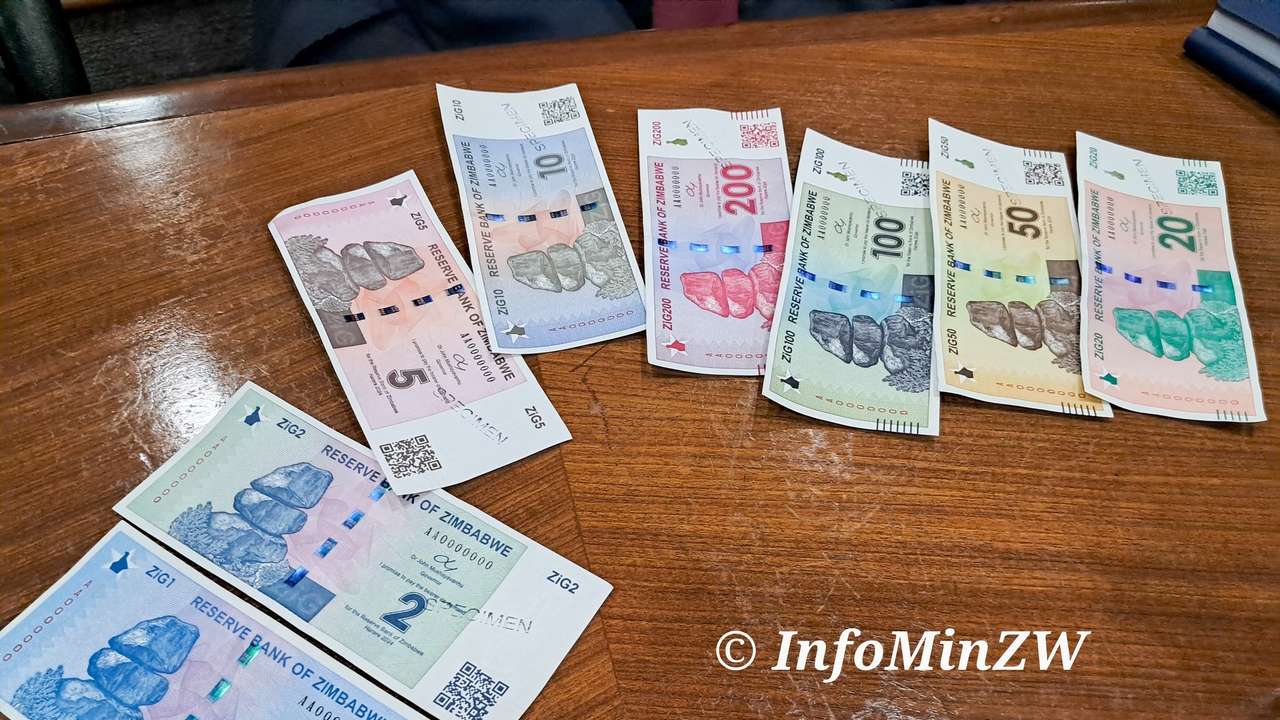The move, announced through a new legal framework by the Reserve Bank of Zimbabwe, ends the practice of penalising traders and businesses for using unofficial exchange rates.
For years, authorities enforced strict rules that banned pricing goods or services more than 10 percent above the official rate, often leading to arrests and fines.
These controls were aimed at stabilising the local currency, but often distorted market activity and hurt investor confidence.
The International Monetary Fund has repeatedly urged Zimbabwe to allow market forces to determine exchange rates and welcomed the end of what it called “undesirable exchange restrictions.”
Officials say the liberalisation will bring the formal and informal sectors closer together, improve competitiveness, and encourage fairer pricing.
There are concerns, however, about how the floating ZiG will maintain its gold backing and withstand market volatility.
Critics warn that without clear oversight, the currency could face pressure from inflation and speculative trading.
“We want the market players to drive activity, not the central bank or its agents. The heavy-handedness is gone. You will never see it again,” said Reserve Bank Deputy Governor Innocent Matshe.
